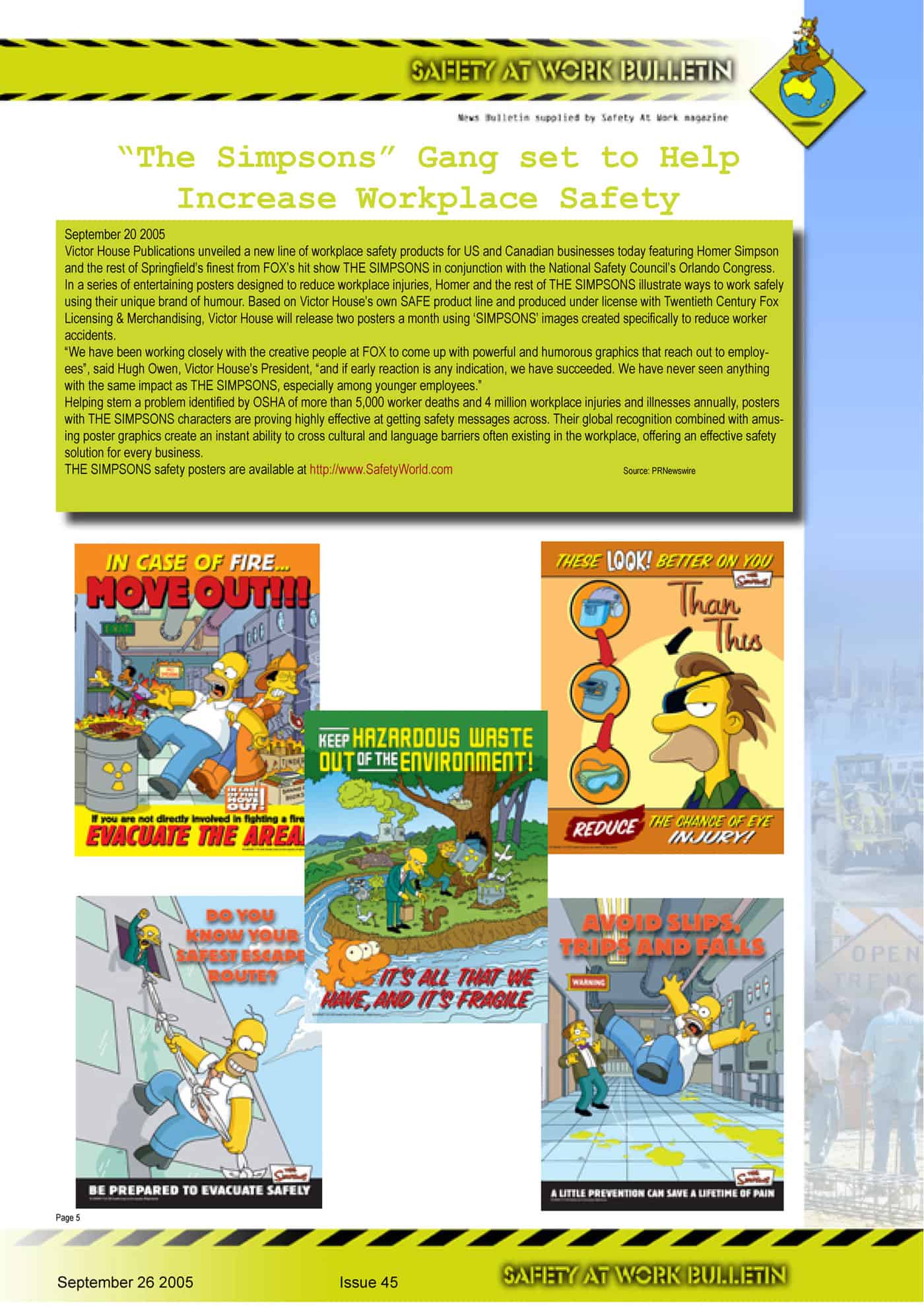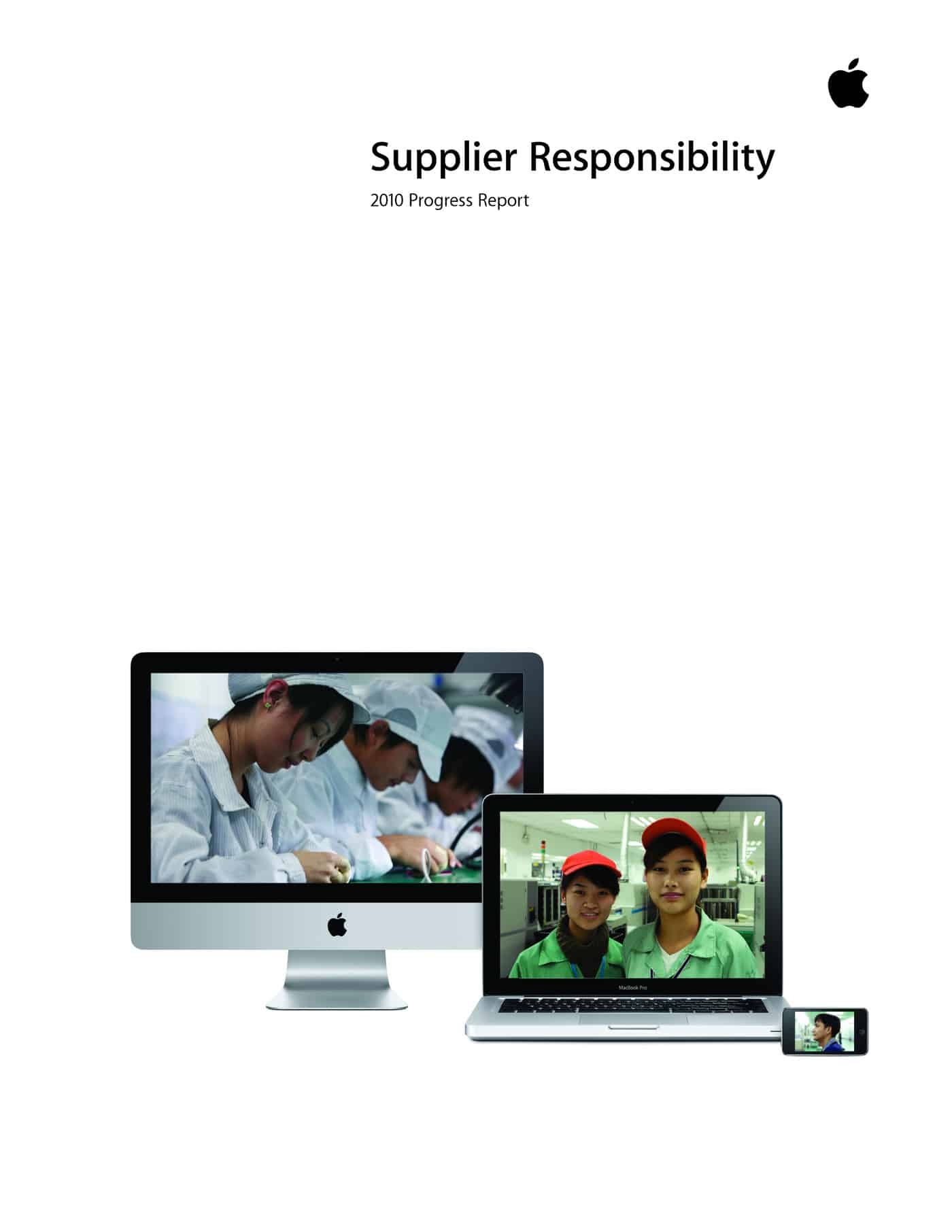 In 2005, a series of safety posters based on The Simpson TV characters was released in support of the National Safety Council’s Orlando Congress, as reported in SafetyAtWork Bulletin at the time, picture right). The posters have finally reached Australia and will be unveiled at the Safety In Action exhibition on 2 April 2010. They are sure to be popular.
In 2005, a series of safety posters based on The Simpson TV characters was released in support of the National Safety Council’s Orlando Congress, as reported in SafetyAtWork Bulletin at the time, picture right). The posters have finally reached Australia and will be unveiled at the Safety In Action exhibition on 2 April 2010. They are sure to be popular.
A small selection of Simpsons posters will be available through WorkSafety Solutions, the Australian distributor. Many more have been added through the original US distributor, SafetyWorld since the original launch. Continue reading “Simpsons safety reaches Australia after 5 years and at twice the price”

 Apple has addressed some child labour concerns in several Chinese factories that manufacturer its products – the good news. The bad news is that children were allowed to work in these factories in the first place.
Apple has addressed some child labour concerns in several Chinese factories that manufacturer its products – the good news. The bad news is that children were allowed to work in these factories in the first place.